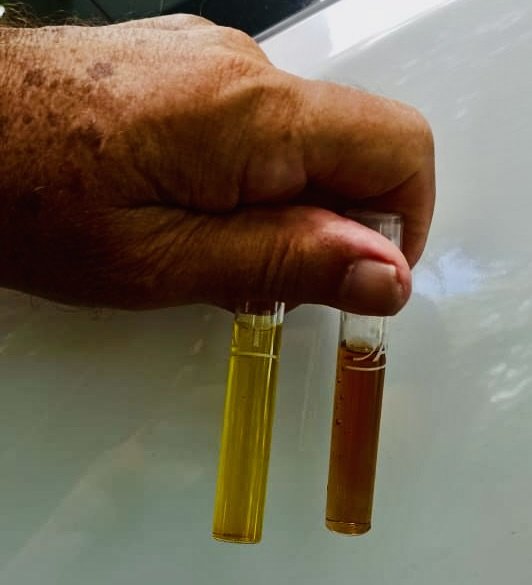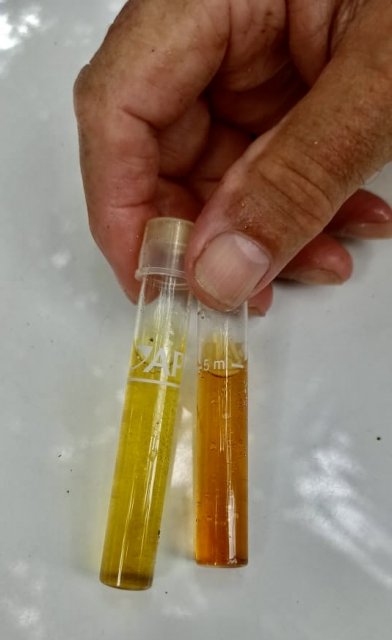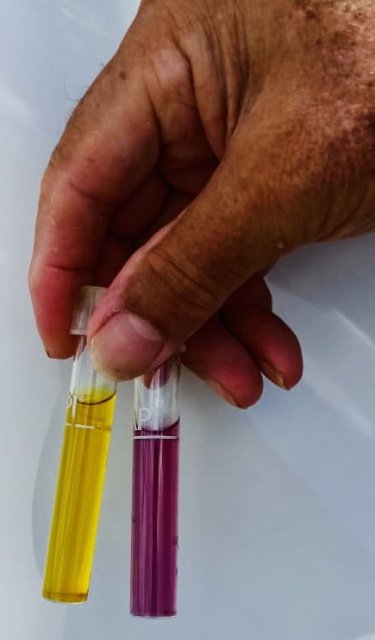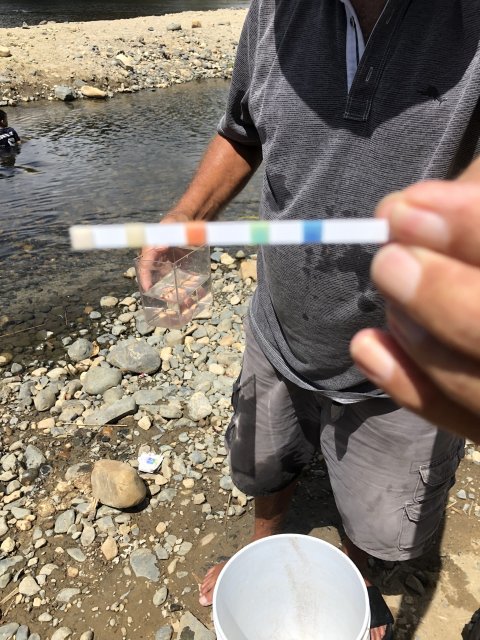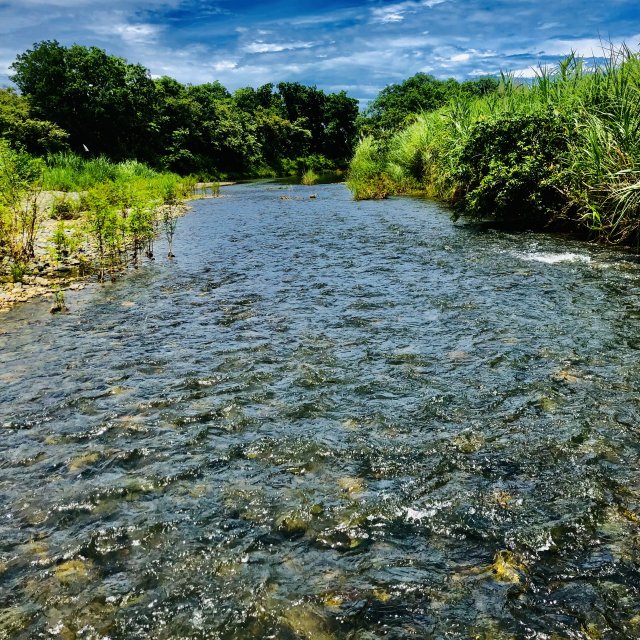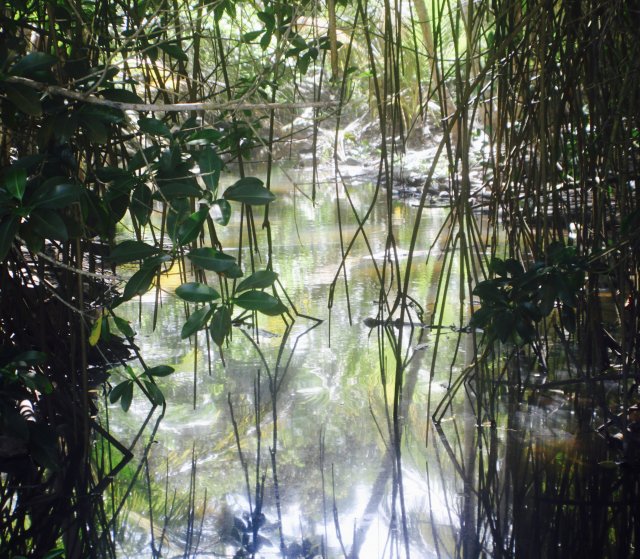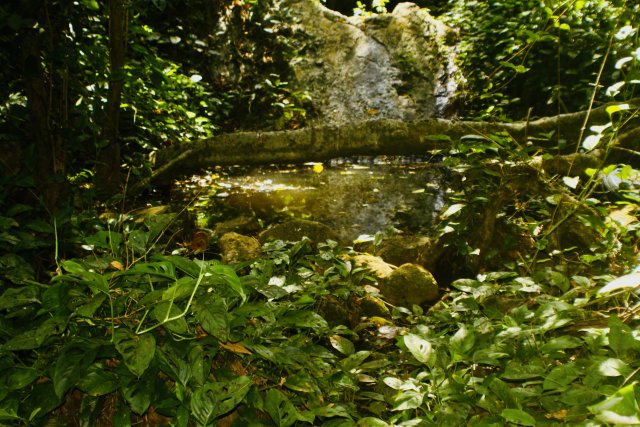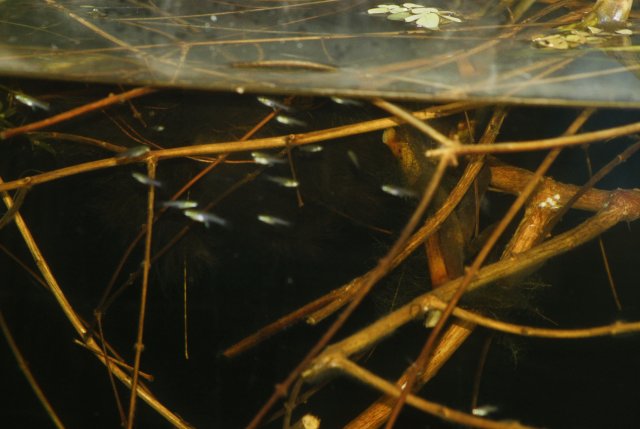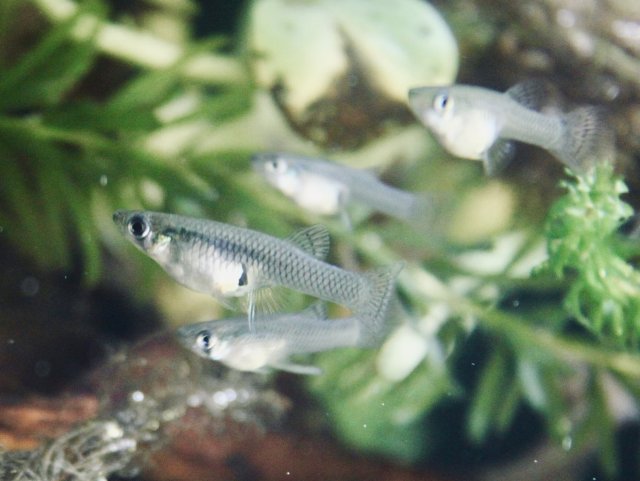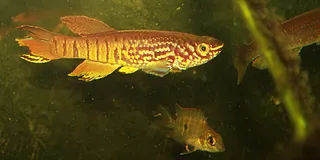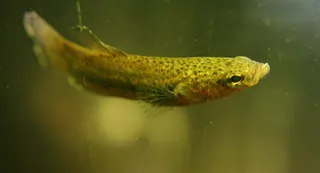The topic of oxygen and fish growth has long fascinated me. It came up in another thread so I decided to do some looking into it. Something having to do with tissue efficiency and all that. I've always been big on water movement as a calming method for boisterous fish and keeping debris controllable. But I never thought about the growth factor. Over time I noticed most of my fish would grow to maximum known size and then some. At first I thought it was coincidence. Not.
female acara 6 inches
female rainbow 6 inches
male hrps that look like baby chancos 5-6 inches
all parrots near or over 8 inches
rapid hrp fry growth rate even at high density
synos nearly doubling in size over a year and a half
not certain about growth influence on Oscar. currently 15 inches at 4 years
uncertain effect on my previous severums
female hrp over 4 inches
female chocolate at 10 1/2 inches still growing at time of demise
here is some info I found. One is a long paper for those of you science based.
graphic
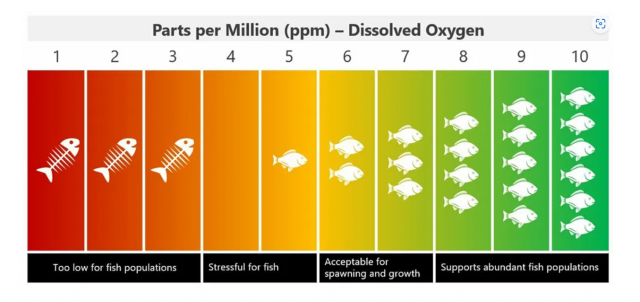
articles

 atlas-scientific.com
atlas-scientific.com
(science paper)

 www.aquasend.com
www.aquasend.com
female acara 6 inches
female rainbow 6 inches
male hrps that look like baby chancos 5-6 inches
all parrots near or over 8 inches
rapid hrp fry growth rate even at high density
synos nearly doubling in size over a year and a half
not certain about growth influence on Oscar. currently 15 inches at 4 years
uncertain effect on my previous severums
female hrp over 4 inches
female chocolate at 10 1/2 inches still growing at time of demise
here is some info I found. One is a long paper for those of you science based.
graphic

articles

Dissolved Oxygen In Water: PPM For Fish | Atlas Scientific
Fish require dissolved oxygen levels between 5-6 ppm (parts per million) to grow and thrive. Low dissolved oxygen levels (>3 ppm) become stressful for most aquatic organisms, and extremely low levels…
(science paper)

The Importance of Dissolved Oxygen Levels for Fish Growth | Aquasend
Fish breathe oxygen just as we do, so dissolved oxygen (DO) is a critical environmental indicator in aquaculture. Depleted DO is the leading cause of fish kills, and fish farmers […]



